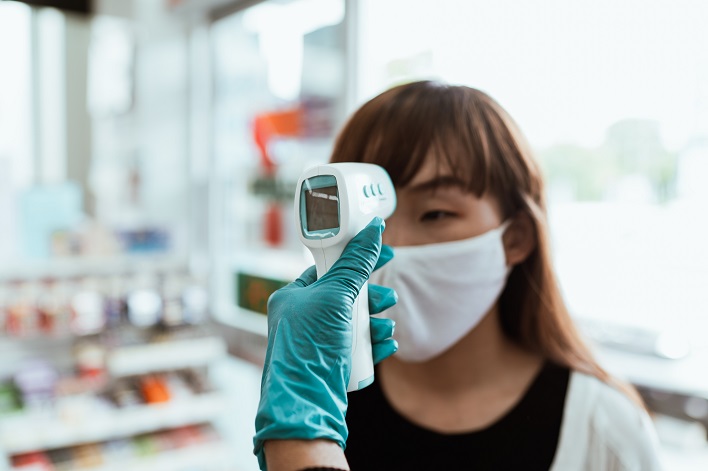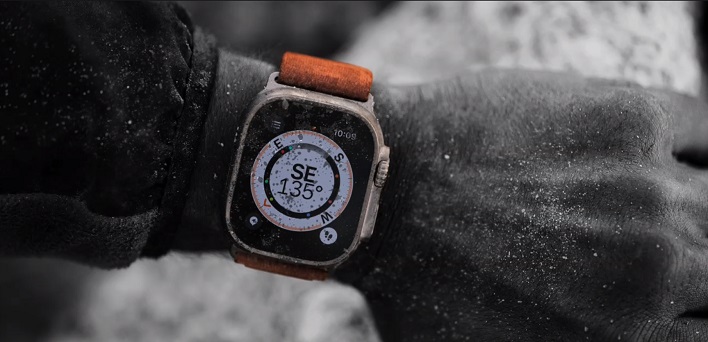Hot Or Not? This Smartphone App Claims To Accurately Detect Fevers

A thermometer is something that everyone should have at home, but is also one of those things that can never be easily found when needed. That is more than likely due to it not being needed on a regular basis, so people tend to forget where they left it last. However, the days of endless searching for one may be over, well, as long as you can locate your smartphone.
FeverPhone is an app that uses the device's touchscreen and "repurposes the existing battery temperature sensors to gather data that a machine learning model uses to estimate people's core body temperatures." Researchers of the app state that while testing the app on 37 patients, FeverPhone had an accuracy rate equal to some consumer thermometers.

The two then decided to develop a way to measure fever in an accessible manner. The major concern they faced with temperature wasn't that it is difficult to measure, but rather that people simply don't have thermometers handy to take their temperature with.
Co-author Dr. Mastafa Springston, a UW clinical instructor at the Department of Emergency Medicine in the UW School of Medicine, noted that people often end up in the ER saying, "I think I was running a fever." She explains that saying that is much different than saying, "I was running a fever."
Dr. Springston explained, "In a wave of influenza, for instance, people running to the ER can take five days, or even a week sometimes. So if people were to share fever results with public health agencies through the app, similar to how we signed up for COVID exposure warnings, this earlier sign could help us intervene much sooner."
The commonality that clinical-grade thermometers and smartphones share is that both contain thermistors. A thermistor in a smartphone is primarily used to measure the battery temperature, but the researchers realized they could utilize those sensors to track heat transfer between a person and a phone's screen.

Following these tests, the researchers moved on to a group of 37 human test subjects. The participants held phones like point-and-shoot cameras, with their forefingers and thumbs touching the corner edges in order to reduce the heat from the hands being sensed. The test subjects held the phone against their foreheads for 90 seconds, which the team of researchers had determined to be the ideal time for the phone to sense body heat being transferred to the device.
The team does recognize that more testing needs to be done. For instance, the study did not include participants with severe temperatures above 101.5 F (38.6 C), due to the fact that these high temps are easy to diagnose and because sweaty skin often confuses other skin-contact thermometers. The researchers also stated that they need to test the app on more than three they used during initial testing, as well as testing on smartwatches.

"We started with smartphones since they're ubiquitous and easy to get data from," remarked Breda. "I am already working on seeing if we can get a similar signal with a smartwatch." He added, "What's nice, because watches are much smaller, is their temperature will change more quickly. So you could imagine having a user put a Fitbit to their forehead and measure in 10 seconds whether they have a fever or not."
The FeverPhone study can be read in full via its publication in the ACM Digital Library.

